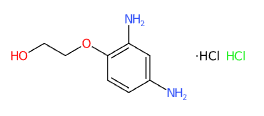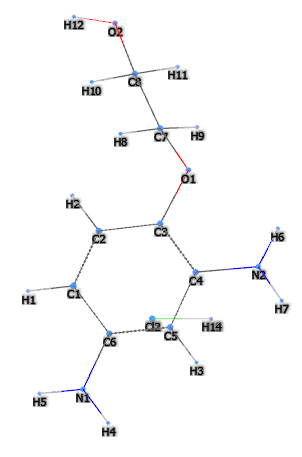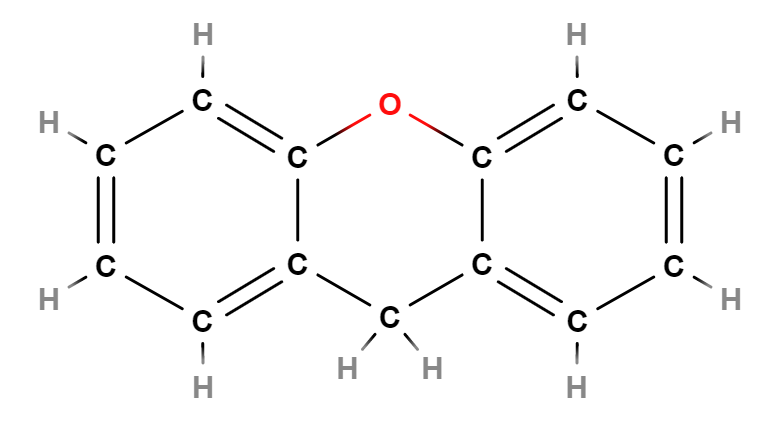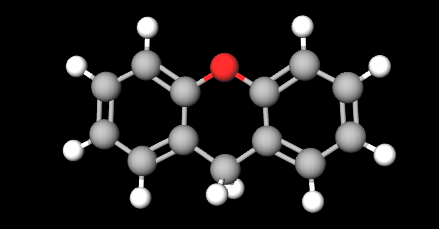| "Descrizione" by Handy23 (4274 pt) | 2023-Apr-14 15:09 |
Review Consensus: 9 Rating: 9 Number of users: 1
| Evaluation | N. Experts | Evaluation | N. Experts |
|---|---|---|---|
| 1 | 6 | ||
| 2 | 7 | ||
| 3 | 8 | ||
| 4 | 9 | ||
| 5 | 10 |
E415 (Xanthan Gum) is a heteropolysaccharide, a non-starch polysaccharide obtained from the microbial fermentation of carbohydrates by the bacterium Xanthomonas campestris by fermentation in pure culture with carbohydrates such as maize starch. It consists mainly of glucose, glucuronic acid 6-acetyl mannose. Stable to heat, alkalis, acids. Good solubility in water, insoluble in ethanol.
It consists mainly of glucose, mannose and glucuronic acid (1).
It occurs as a fine white to light yellow powder.

What it is used for and where
It is also known as Hanson's gum.
Medical
Functional component in microcapsules that release medication. Forms a moist membrane to prevent infection of the skin.
Food
Stabiliser, emulsifier, suspending agent, thickener, controls structure, flavour and rheology of products such as: bakery products, salad dressings, bread, dairy products, frozen foods, beverages, brewing, candies, cakes. Improves water retention in meat products.
Labelled with the number E415 in the list of European food additives as a thickener.
Cosmetics
Binder agent. A binding compound that is used in cosmetic, food and pharmaceutical products as an anti-caking agent with the function of making the product in which it is incorporated silky, compact and homogenous. The binder, either natural such as mucilage, gums and starches or chemical, may be in the form of a powder or liquid.
Emulsion stabilizer. Emulsions are thermodynamically unstable. Emulsion stabilisers improve the formation and stability of single and double emulsions. It should be noted that in the structure-function relationship, molar mass plays an important role.
Skin conditioning agent - Miscellaneous. This ingredient has the task of modifying the condition of the skin when it is damaged or dry by reducing its flakiness and restoring its elasticity.
Surfactant - Emulsifying agent. Emulsions are thermodynamically unstable. Emulsifiers have the property to reduce the oil/water or water/oil interfacial tension, improve emulsion stability and also directly influence the stability, sensory properties and surface tension of sunscreens by modulating their filmometric performance.
Viscosity Enhancing Agent - aqueous. Since viscosity is important for increasing the chemical and physical stability of the product, Viscosity Enhancing Agent acqueous is an important dosage factor in gels, suspensions, emulsions, solutions. Increasing viscosity makes formulations less sedimentary and more homogeneously thickened.
Oil industry
Due to its pseudoplasticity it can maintain the viscosity of drilling fluid and improve the oil recovery rate.
The most relevant studies on the subject have been selected with a summary of their contents:
Typical optimal commercial product characteristics Xanthan gum
| Appearance | White or light yellowpowder |
| pH | 6.0- 8.0 |
| Viscosity (1% KCl, cps) | ≥1200 |
| Loss on Drying (%) | ≤14 |
| Ashes (%) | ≤15 |
| Heavy Metals | ≤10 ppm |
| Arsenic | ≤3 ppm |
| Lead | ≤2 ppm |
| Nitrogen (%) | ≤1.5 |
| Ethanol and propan-2- ol | ≤400 |
| Plate Count (cfu/g) | ≤ 2000 |
| Moulds/Yeasts (cfu/g) | ≤100 |
| Coliform | ≤30 MPN/100g |
 |  |
 |  |
- Molecular Formula C35H49O29 C8H14Cl2N2O2
- Molecular Weight 241.115
- Exact Mass 240.043228
- CAS 98112-77-7 11138-66-2
- UNII Z5Y843J6KQ
- DSSTox Substance ID DTXSID3070462
- IUPAC 2-(2,4-diaminophenoxy)ethanol;dihydrochloride
- InChI=1S/C8H12N2O2.2ClH/c9-6-1-2-8(7(10)5-6)12-4-3-11;;/h1-2,5,11H,3-4,9-10H2;2*1H
- InChl Key VXYWXJXCQSDNHX-UHFFFAOYSA-N
- SMILES C1=CC(=C(C=C1N)N)OCCO.Cl.Cl
- EC Number 234-394-2
- MDL number MFCD00131256
Synonyms:
- 2-(2,4-Diaminophenoxy)ethanol dihydrochloride
- Ethanol, 2-(2,4-diaminophenoxy)-, hydrochloride (1:2)
References______________________________________________________________________
(1) Coviello T., Matricardi P., Marianecci C., Alhaique F. Polysaccharide hydrogels for modified release formulations. Journal of Controlled Release. 2007
| Evaluate |

